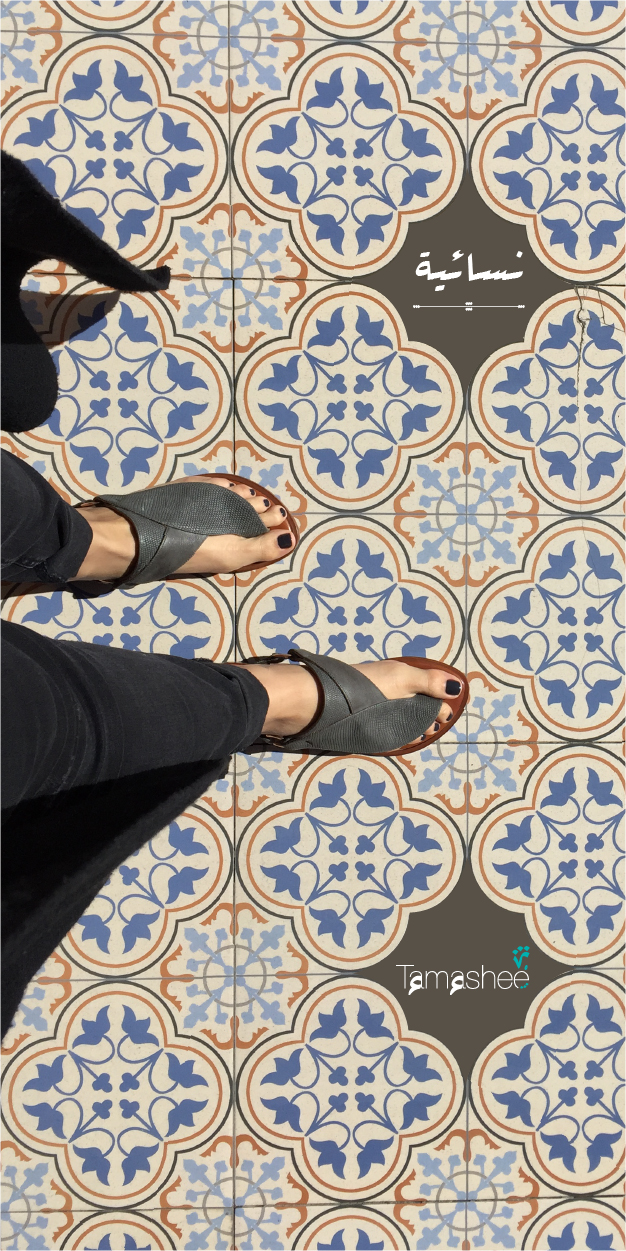When we think of influential Arab architects there is one name that comes to mind. Although her work was never very contextual or regionally critical, never an architecturalization of her own cultural ideas or identity, a simple Internet search with the key words ‘influential Arab architect’ will return a result loaded with the name and image of Zaha Hadid.
The British-Iraqi’s work, which has spanned across the last few decades of the 20th century and well into the new millennium, is synonymous with innovative, interrogative and progressive design.
However, prior to the 20th century, as far back as we can recall, architects from the Middle East were known for some of the greatest buildings and ancient structures the world had seen. Names such as Sinan of Turkey, who designed many of Istanbul’s Mosques or the famous ancient Egyptian Architects, Ineni, Amenhotep or Imhotep who may have been the first architect in the world to use stone as a structural column, although all of them notable, none were Arabs.
So who were the other Arab architects from our history? The ones who helped shape and define our architectural tapestry and our vernacular traditions? Architectural feats in the Arab world, during the Islamic golden age, specifically in Baghdad, Damascus and Cairo, were generally attributed to the Caliph who was ruling at the time. In Yemen it was the artisans and master builders who crafted the incredible and historically rich vernacular buildings and adobe skyscrapers of San’aa and Shibam and most notably the buildings Dar Al-Hajar and Buqshan Palace.
How about the 20th century, with its cascade of innovative and ground breaking ideas and architectural movements? Well here is a list of six influential Arab architects from the 20th century who you may have never heard of.
This list not only reveals that these architects were influential in their own right but also shows us that unfortunately the lack of gender diversity is a common thread shared with any list of influential western architects. This only proves why Zaha Hadid was incredibly important, as she broke through that glass ceiling allowing many women to follow as well as being the only Arab architect to spread her ideas and designs across the globe.













